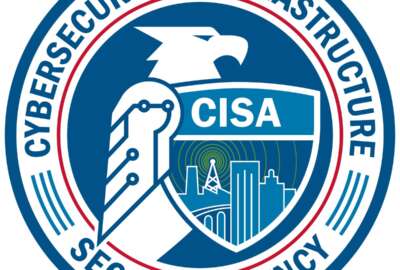Sponsored by Tanium
Endpoint proliferation exacerbates old cybersecurity problem: data integration
Newer technologies like automation and AI may offer new solutions to this age-old cybersecurity problem, but they can also be double-edged swords.
Data integration and normalization is one of the oldest problems in cybersecurity.
It’s common practice for companies that build endpoint devices — more traditionally laptops and smartphones, but increasingly also Internet of Things devices like internet-connected appliances, sensors, cameras and even medical devices — to create their own data formats.
But for federal agencies and other organizations that now collect more data than ever before, that presents a cybersecurity challenge: How do they reconcile all those disparate forms of data to tell a single story?
Elena Peterson, cybersecurity researcher at Pacific Northwest National Laboratory, said there are many approaches, but some work better than others. Normalizing all of the data, for example, requires significant processing power, is time-consuming and simply may not be viable in real time.
Newer technologies may offer promising options. For example, automation and artificial intelligence can sift through data at much faster speeds and pull out insights, which can then be integrated to get a complete picture.
“AI certainly supports that. It can process data very quickly. It can find patterns pretty quickly,” Peterson said on Federal Insights Monthly — Improving Cybersecurity Through Autonomous Endpoint Management. “You certainly have to be careful of the AI you use because you can spoil it in a way on accident or potentially on purpose. So like I said, there’s a bit of that cyclical nature of making sure that you’re also using AI that has not been, let’s say, modified for good or bad. But it can be very helpful.”
Another challenge with AI, Peterson said, is that while it has potential to supplement cyber defenders, it also lowers the bar for cyber attackers. Bad actors don’t actually have to know what they’re doing AI to code simple cyberattacks, she said. Such use acts like a dark mirror to the cybersecurity professionals who are using AI to code cybersecurity and cyber resilience into software during the development phase, Peterson said.
“Also, things like cloud computing and high performance computing can bring a lot of processing of the data even closer to where the data is at,” she said on the Federal Drive with Tom Temin. “If you can process some of the data at what we call the edge — a lot closer to where it’s being generated, get what you need out of it — then the amount of data you get is much smaller that you need to integrate with other data. And then that can improve your ability to analyze it quicker.”
Protecting physical devices
Peterson said critical infrastructure is another area of focus for PNNL. The challenge there is that some of that infrastructure, like at power and water plants, is several decades old and was never intended to be connected to the internet. Implementing cybersecurity on these legacy SCADA technologies sometimes requires unique tactics, she said.
When trying to secure legacy infrastructure devices, Peterson said the go-to option is to upgrade them, or at least their IT systems, so that they can take advantage of newer cybersecurity protections. But sometimes, it’s easier to install an intervening technology between the device and the network, so if the device gets compromised, the bad actor can’t use it as a vector into the main systems.
“Trying to protect everything at the edge is our first order, then using zero trust principles for anything that might get through so it doesn’t get through too far,” she said. “A lot of work we do is in what we call resilience, which is the idea of, if somebody does manage to get in, we can continue the mission that we have, maybe keeping the power going in a power plant but still defend the attack that’s happening. There’s a lot of interesting ways to do that depending on the situation.”
Copyright © 2025 Federal News Network. All rights reserved. This website is not intended for users located within the European Economic Area.
Daisy Thornton is Federal News Network’s digital managing editor. In addition to her editing responsibilities, she covers federal management, workforce and technology issues. She is also the commentary editor; email her your letters to the editor and pitches for contributed bylines.
Follow @dthorntonWFED






